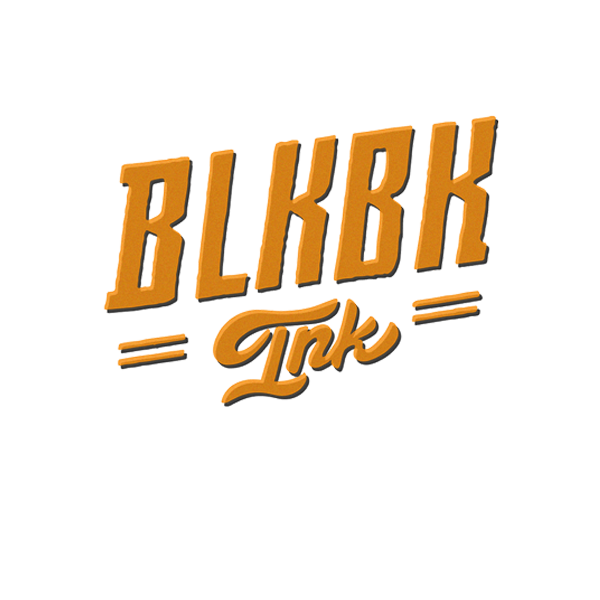How neon signs wrote the future of the American city
In 1857, the glass blower Heinrich Geissler debuted a stunning display of his skill: tubes in dizzying geometries, coiling around, through, and within themselves. To the modern stoner, they look a lot like elaborate bongs. But Geissler was no mere glass blower—he was also a physicist. Instead of filling his glass tubes with water and running smoke through them, he filled them with rarefied air and ran electric current through them. The result was a dazzling spectacle of coloured light contorted into spirals and star bursts.

Decades later, the English chemist Morris Travers gazed into a Geissler tube. He wrote, stonedly, of the experience: “the blaze of crimson light from the tube told its own story and was a sight to dwell upon and never forget.” That sight was an as-yet-undiscovered element. Its story was that Travers was about to discover and isolate it. He'd call it ‘neon’.
This was far from the only scientific advance thanks to the Geissler tube—nor was it the greatest. These novelty creations evolved into all kinds of useful devices for detecting and metering electricity. They were also the basis for the discovery of vacuum tubes and cathode ray tubes—necessary for early computers and televisions—and later for the discovery of the electron itself.
But early in the 20th century, Parisian inventor Georges Claude got really good at liquefying gasses. That meant he could provide liquid oxygen for industry—making him rich—and that he could mass produce other gasses, including neon. By 1910 he’d perfected and patented neon lights that lasted 1200 hours, making them a natural choice for architectural lighting.
As Geissler had demonstrated, it was possible to bend lit-up tubes into all kinds of shapes, including letters. Barbershops typically display one of the oldest examples of commercial signs, but two years after Claude debuted his light tubes, a Parisian barbershop became the first business to use the new technology in a sign—the words ‘Palais Coiffure’ in blazing red. Eleven years later, neon signs made it to America when ‘Packard’ appeared in giant fiery letters, bordered in blue, above a downtown Los Angeles hotel.

The signs were an advertisement for the Packard car dealership in the ground floor. Packard’s logo was written in an angled Spencerian cursive. It turned out to be the perfect use-case for the new neon technology—neon tubes could bend into smooth, continuous lines, just like the flow of a pen in cursive writing. And, on a large enough scale, neon could render any kind of letter—and neon signs were well suited to the largest scales.
It’s appropriate that the first neon sign in the US advertised a car dealership in Los Angeles—the city of cars. Cars were making big inroads into American cities; drivers took a new, more remote perspective on cities. Big signs atop buildings that would have been out of sight to pedestrians were suddenly in view; the visual scale of the city was changing. By the middle of the century, car culture would complete its coup. At the same time, neon signs became the look of the city.

Along the way, the technology improved. New gas mixtures and tube coatings allowed neon signs to appear in more colours, electronic timers allowed them to flash on and off. Soon, these signs dazzled the public with massive animations in the night. In 1937, Corning Glass declared that glass was “a new sign language.” They were right. Nothing else captured the milieu of early-20th-century signage so completely—the consumerism, the technology, the ordering of space for private transportation, the fierce competition for attention in public spaces. It was all there, written in the city lights.
